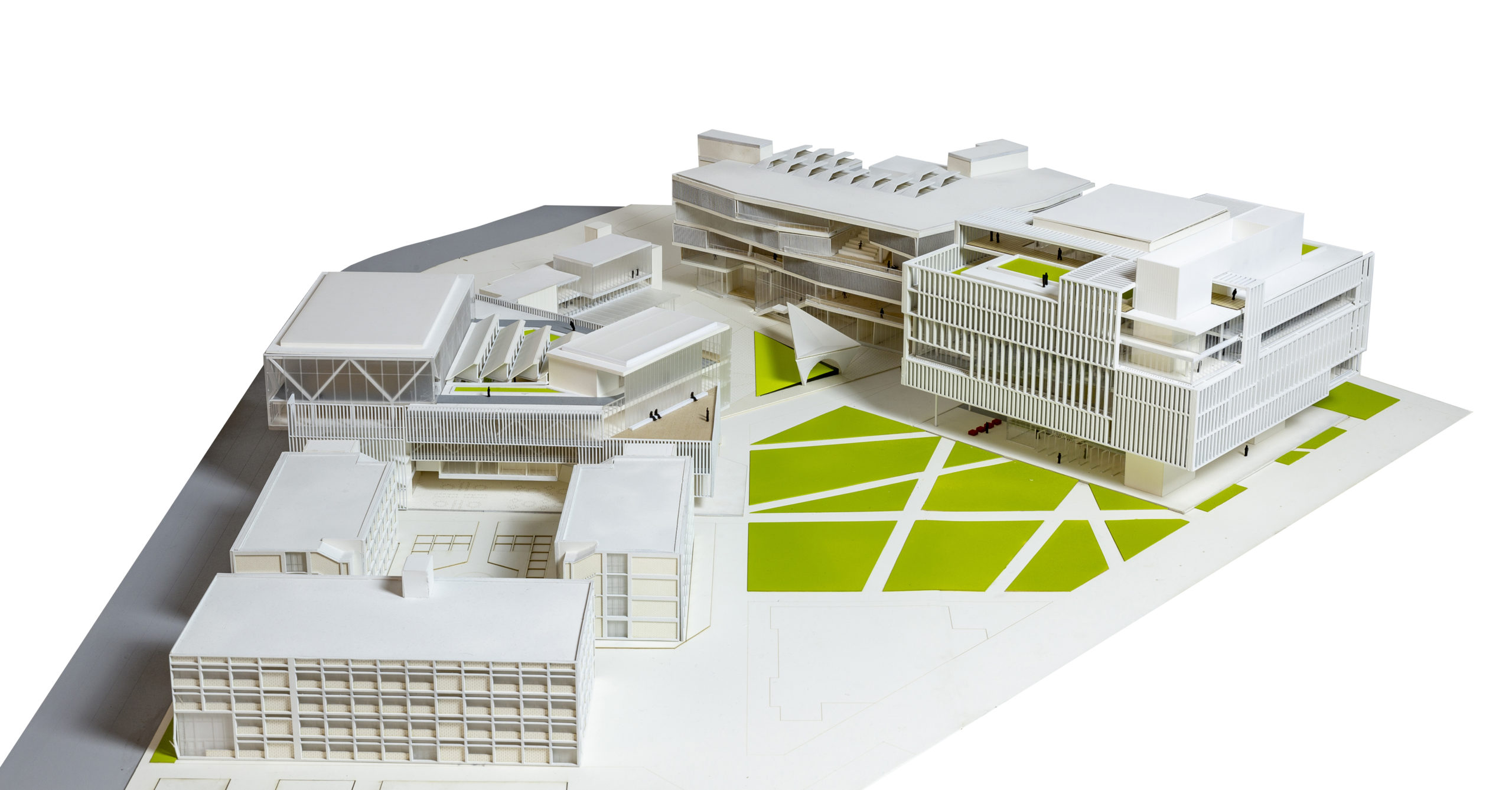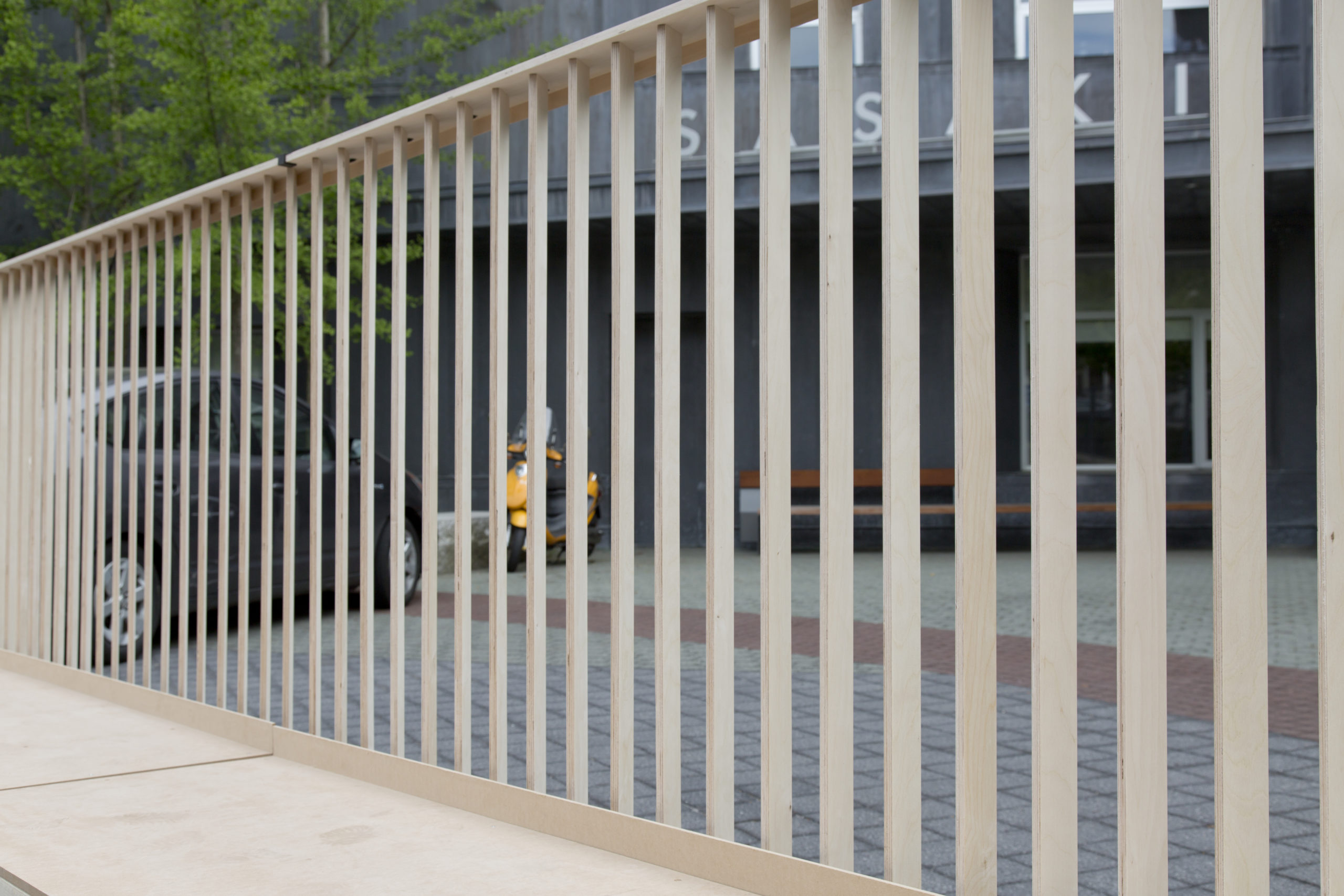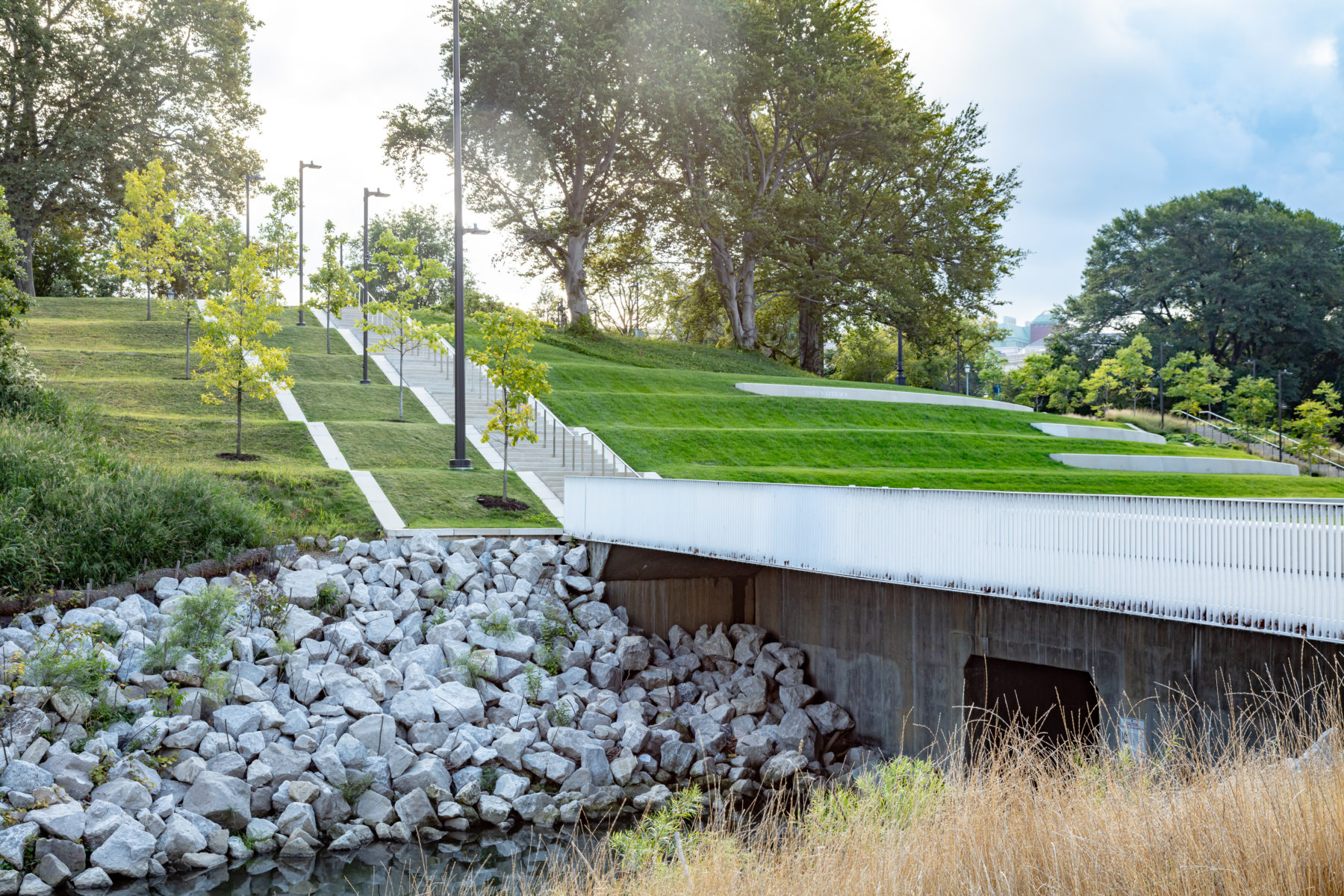How Maker-Mentality Influences Project Work

 Sasaki
Sasaki

How is the rise of “maker culture” encouraging designers to push their work further?
Read on for an excerpt from a blog that originally appeared on Building Forward. To read the full article, click here and create a free account.
“Imagine eating at a restaurant where the chef only writes recipes and never actually cooks to see how they turn out,” says [Brad] Prestbo, director of technical resources and associate principal at Boston-based international planning and design firm Sasaki. “I think that’s the role architects have had for a while now, which has led to a certain level of frustration around constructability issues in the industry.”
To counter that frustration, Prestbo and others within design and construction have assumed the mantle of “maker culture,” a groundswell movement of doers across various disciplines who build upon existing products, designs, and technology to make something new and original.
“Maker culture is a subculture of technology-oriented do-it-yourselfers that intersects with hacker culture,” Prestbo explains. “It’s about creating new designs and tinkering with existing ones via 3D printing, CNC mills, robotics, and sensors.”
[sic]
Back at Sasaki, embracing maker culture includes prototyping within the firm’s fabrication studio and testing those prototypes out in the field. For instance, the design for several hundred feet of railings that were part of Case Western Reserve University’s Nord Family Greenway project, a 15-acre commons and park that connects the school’s main and west campuses and transits the Cleveland Museum of Art, designated a different angle for each picket and incorporated bridging and lighting elements. To see how the railings would actually look and perform in the space before they were manufactured and set into place, Sasaki rapidly prototyped the railings in its studio, using CNC mill machines and laser cutters to get the exact dimensions of the railings in wood.

“Prototyping this railing provided a feedback cycle that helped improve the design and constructability, especially when integrating lighting,” says Katia Lucic, the design principal for the railing

Railings on site